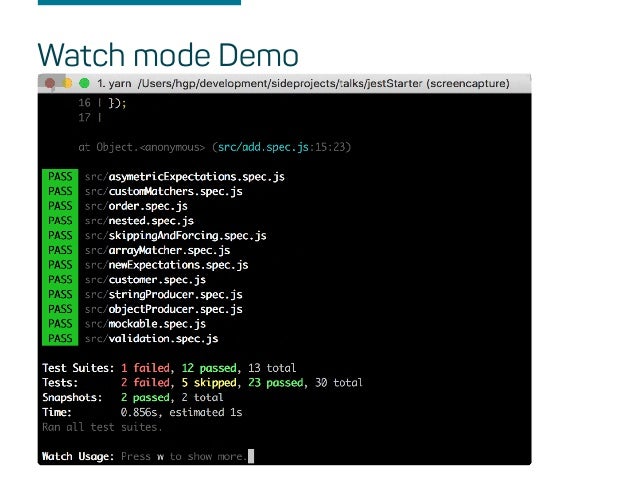

Watch das dev how to#
Check out the Policy List help page to learn how to set the autoplay related enterprise policies: It is possible to change the autoplay behavior with Chrome enterprise policies for use cases such as kiosks or unattended systems. However, the blog needs to explicitly delegate that privilege to the iframe in order for the content to autoplay. Users interacted with the domain to get to the blog, so autoplay is allowed.
Watch das dev movie#
However, care should be taken to make sure users aren't surprised by autoplaying content.Įxample 4: embeds an iframe with a movie trailer to go with a review. Autoplay on the news article pages would be allowed because of user interaction with the domain. Most people enter the site through the homepage and then click on the news articles. Users' media engagement score is low, so autoplay wouldn't be allowed if a user navigates directly from a social media page or search.Įxample 3: has both text and video content.

Most users go to the site for text content and watch videos only occasionally. As their media engagement score is high, autoplay is allowed.Įxample 2: has both text and video content.
Watch das dev tv#
# ExamplesĮxample 1: Every time a user visits on their laptop they watch a TV show or a movie. Older articles incorrectly recommend using the attribute gesture=media which is not supported. And the autoplay attribute will also be ignored. When the permissions policy for autoplay is disabled, calls to play() without a user gesture will reject the promise with a NotAllowedError DOMException. Note that autoplay is allowed by default on same-origin iframes.

Once an origin has received autoplay permission, it can delegate that permission to cross-origin iframes with the permissions policy for autoplay. Do this with flags: chrome.exe -disable-features=PreloadMediaEngagementData, MediaEngagementBypassAutoplayPolicies.Ī permissions policy allows developers to selectively enable and disable browser features and APIs. You can also decide to make sure autoplay is never allowed by disabling MEI and whether sites with the highest overall MEI get autoplay by default for new users. This allows you to test your website as if user were strongly engaged with your site and playback autoplay would be always allowed.

You can disable the autoplay policy entirely by using a command line flag: chrome.exe -autoplay-policy=no-user-gesture-required. # Developer switchesĪs a developer, you may want to change Chrome autoplay policy behavior locally to test your website for different levels of user engagement. Screenshot of the about://media-engagement internal page in Chrome. When it is high enough, media is allowed to autoplay on desktop only.Ī user's MEI is available at the about://media-engagement internal page.
Watch das dev install#
# New behaviorsĪs you may have noticed, web browsers are moving towards stricter autoplay policies in order to improve the user experience, minimize incentives to install ad blockers, and reduce data consumption on expensive and/or constrained networks. Internet memes tagged "autoplay" found on Imgflip and Imgur.


 0 kommentar(er)
0 kommentar(er)
